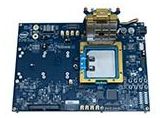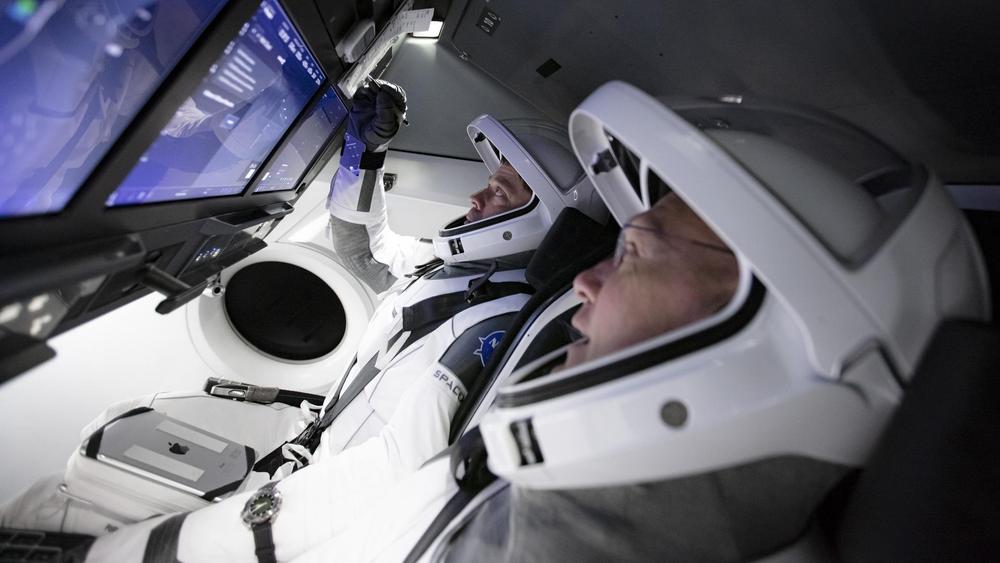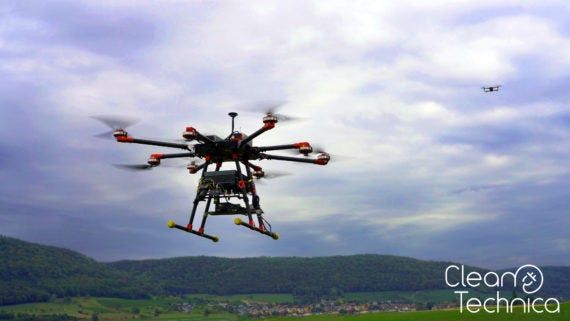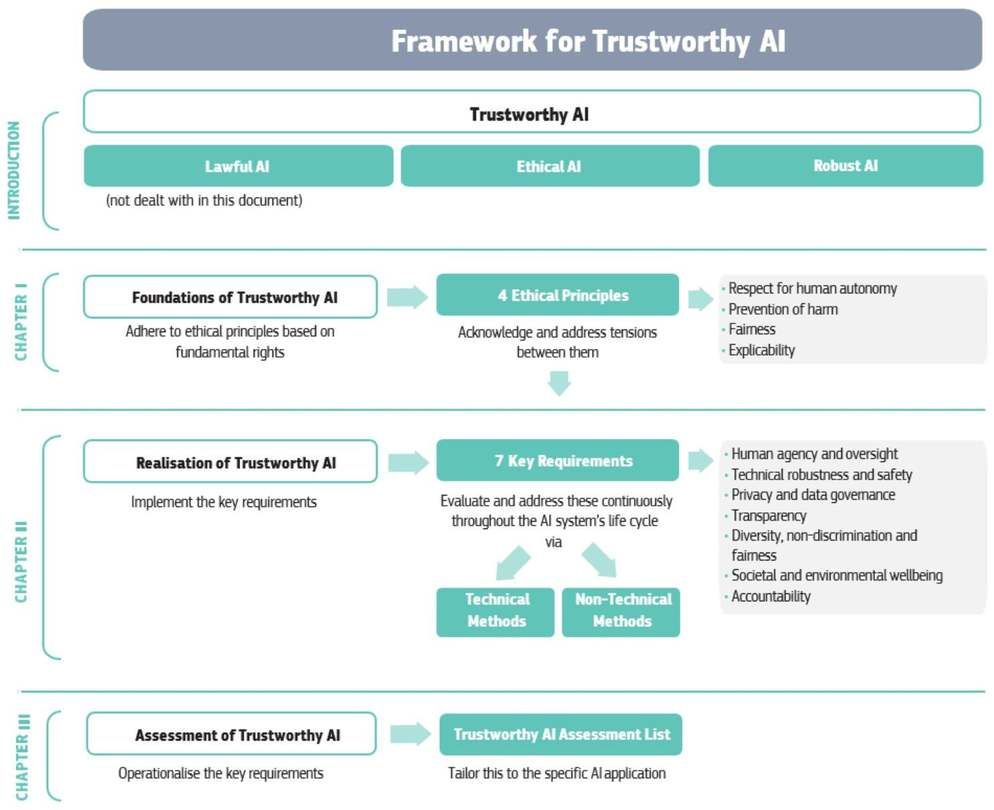Under DARPA’s Photonics in the Package for Extreme Scalability (PIPES) program, researchers from Intel and Ayar Labs have demonstrated early progress towards improving chip connectivity with photons – or light. Signaling over optical fibers enables the internet today and optical transceivers are ubiquitous in data centers, yet digital systems still rely upon the movement of electrons over metal wires to push data between integrated circuits (ICs) on a board. Increasingly, the limitations of electrical signaling from the chip package restrict overall bandwidth and signaling efficiency, throttling the performance of advanced systems. The PIPES program is exploring ways to expand the use of optical components to address these constraints and enable digital microelectronics with new levels of performance.
Researchers from Intel and Ayar Labs working on PIPES have successfully replaced the traditional electrical input/output (I/O) of a state-of-the-art field programmable gate array (FPGA) with efficient optical signaling interfaces. The demonstration leverages an optical interface developed by Ayar Labs called TeraPHY, an optical I/O chiplet that replaces electrical serializer/deserializer (SERDES) chiplets. These SERDES chiplets traditionally compensate for limited I/O when there is a need for fast data movement, enabling high-speed communications and other capabilities. Using Intel’s advanced packaging and interconnect technology, the team integrated TeraPHY and the Intel FPGA core within a single package, creating a multi-chip module (MCM) with in-package optics. The integrated solution substantially improves interconnect reach, efficiency, and latency – enabling high-speed data links with single mode optical fibers coming directly from the FPGA.










